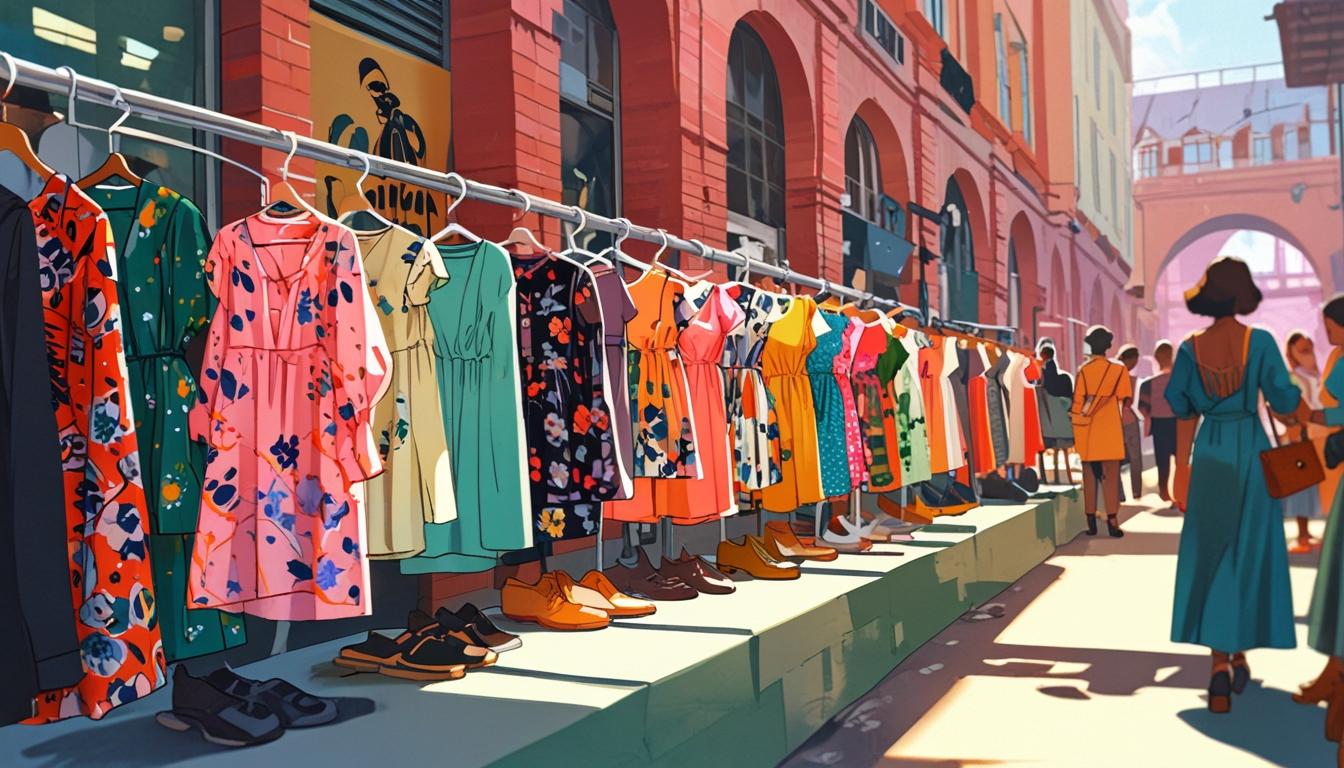Amid rising textile production and fast fashion trends, the call for sustainable practices in the fashion industry becomes critical, emphasizing consumer behavior and cultural values.
A critical examination of sustainability within the fashion industry is unfolding as new data reveals stark growth in textile production alongside ongoing concerns about consumption patterns. The textile market has undergone a significant transformation since the turn of the millennium, with global production of textile fibers surging from 58 million tons in 2000 to an estimated 124 million tons in 2023, as reported in the “Materials Market Report” by Textile Exchange. Projections suggest production will continue to climb, potentially reaching 160 million tons by 2030.
Concurrently, per capita fiber production has increased from 8.3 kilograms in 1975 to 15.5 kilograms in 2023, with forecasts estimating a rise to 18.8 kilograms by 2030. This escalation raises fundamental questions about the market’s alignment with genuine consumer needs. The sustainability narrative is further complicated by the prominence of ultra-fast fashion, which inundates the market with low-cost garments that are often discarded after only a few uses.
Recycling represents one approach to addressing the rampant demand for textiles, albeit one that is still in its early stages. As of 2023, only 7.7% of fiber production was attributed to recycling efforts, a figure that stands in contrast to the rising production of virgin polyester, which increased from 67 million tons in 2022 to 75 million tons in 2023. Even more concerning is the minimal share of recycled fibers from pre- and post-consumer textiles, which accounts for less than 1% of the global fiber market.
The discourse around sustainability often pivots on the practices of brands and their commitments to responsible production. There are calls for brands to utilize renewable energy, eliminate toxic chemicals in production, and ensure safe working conditions for laborers. However, a deeper issue concerning consumption habits comes into focus. The stark reality is that the excessive production of fibers—characterized by a disposable culture—is not indicative of genuine necessity.
Reflecting on these dynamics, the discourse suggests that the fashion industry’s sustainable future hangs in a delicate balance. As expressed by a sustainability advocate in an article from “Il Fatto Quotidiano,” the crux of the issue lies in consumer behavior and cultural attitudes towards fashion. The advocate posits that while brands may innovate and improve production processes, the onus ultimately falls on consumers to make conscious choices.
Buying habits, storage of clothing, and the pursuit of ever-changing trends contribute to the burgeoning textile crisis. This commentary underlines a cultural shift—that sustainability in fashion is not only about technological advancements or labels but also about valuing the items consumers choose to wear. Promoting a cycle of reuse, repair, and resale is essential for extending the lifecycle of garments, thus paving the way for a more sustainable fashion landscape.
In conclusion, the intricate interplay of production statistics, consumer behavior, and cultural values will significantly shape the sustainable trajectory of the fashion industry. Achieving true sustainability will require collective efforts from both brands and consumers, highlighting the necessity for mindful engagement in the ecosystem of fashion.
Source: Noah Wire Services




